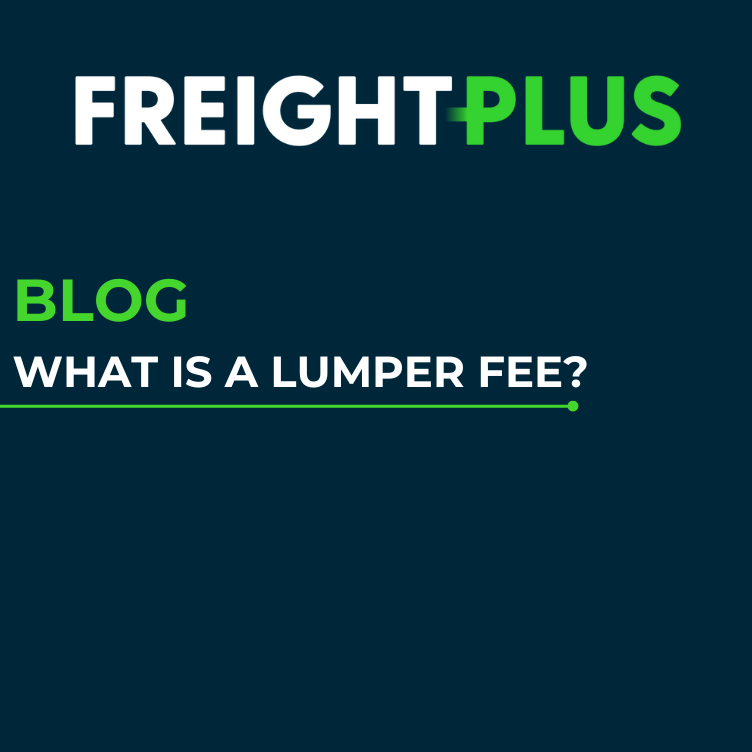A lumper fee refers to charges incurred by shippers for the loading or unloading of freight at warehouses or distribution centers. When a shipper doesn’t handle these tasks themselves and relies on external labor, these fees are levied by third-party workers or companies responsible for the handling.
Why Do They Exist?
Lumper fees directly impact a shipper’s transportation expenses, adding an extra layer to the overall cost of moving goods. These fees are often variable, influenced by factors such as:
- Policies of the warehouse or third-party labor providers
- The quantity or type of goods being handled
- Distance
- Location
How Lumper Fees Impact Shippers' Transportation Costs
Lumper fees directly impact a shipper’s transportation expenses, adding an extra layer to the overall cost of moving goods. These fees are often variable, influenced by factors such as the quantity or type of goods being handled, distance, location, and the policies of the warehouse or third-party labor providers.
Managing Lumper Fees
- Negotiate Contracts: Negotiate long-term contracts or agreements with warehouses or carriers to secure favorable rates for loading and unloading services.
- Efficiency in Operations: Optimize operations to reduce loading and unloading times, thus minimizing the duration for which lumper fees are charged.
- Scheduling and Coordination: Coordinate shipments to align with warehouse hours and operations, ensuring efficient loading and unloading schedules.
- Technology Integration: Implement technology solutions such as real-time tracking and scheduling tools to streamline operations and reduce handling time.
- Training and Certification: Invest in training programs for warehouse staff or third-party labor to ensure efficient and safe handling of goods, potentially reducing handling time and associated fees.
- Contractual Clarity: Clearly define the terms and responsibilities regarding lumper fees in contracts or agreements to avoid ambiguity and unexpected charges.
- Explore Alternative Providers: Research and explore different logistics providers or warehouses that may offer competitive rates for loading and unloading services.
- Regular Performance Review: Conduct periodic reviews of operations and service providers to ensure efficiency and identify areas for improvement or cost reduction.
- Strategic Location Selection: Consider the location of warehouses or distribution centers concerning shipping routes and choose facilities that offer competitive lumper fee structures.
- Collaborate with a Managed Transportation Provider: Partnering with a managed transportation provider like FreightPlus can offer expertise and tailored strategies to navigate and optimize lumper fees effectively.
Conclusion
Lumper fees, though seemingly straightforward, can significantly impact a shipper’s bottom line. By comprehending their nature, origins, and strategies to manage them effectively, shippers can mitigate these additional costs while optimizing their transportation logistics.
FreightPlus' expertise ensures tailored solutions to optimize costs without compromising efficiency. Contact us today for personalized strategies to manage lumper fees and streamline your shipping operations!



